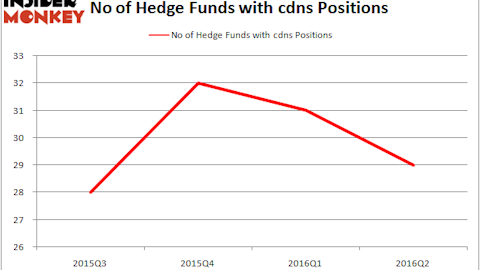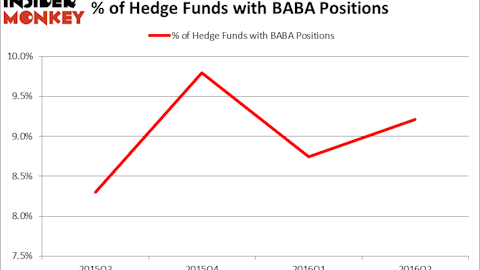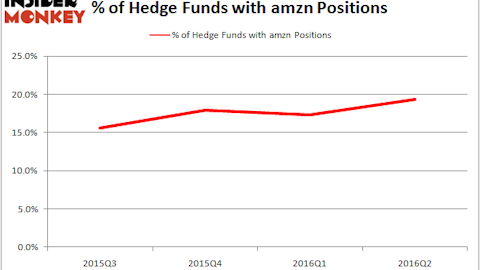Last week, Goldman Sachs launched a new exchange traded fund (ETF) that will focus on the 50 most popular stocks that are ranked among the top-ten holdings by hedge funds. The ETF, named the Goldman Sachs Hedge Industry VIP ETF (NYSEARCA:GVIP), started trading on the NYSE Arca with $20 million in assets. The GS Hedge Industry VIP ETF will track Goldman Sachs’ Very Important Positions index, which consists of all of the companies which big hedge funds are bullish on. The GS Hedge Industry VIP ETF has a $45 annual fee for every $10,000 invested. The New York-based bank said the Hedge Industry VIP ETF (GVIP) is “competitively priced” at 45 basis points.
We believe that imitating hedge funds and other large institutional investors can be helpful in identifying stocks capable of outperforming the broader market. Through extensive research that covered portfolios of several hundred large investors between 1999 and 2012, we determined that following the small-cap stocks that large money managers are collectively bullish on, can generate monthly returns nearly 1.0 percentage points above the market (see more details).
Goldman Sachs filed the GS Hedge Industry VIP ETF (GVIP) in February. The bank’s idea of mimicking hedge funds to buy and sell stocks isn’t a new one of course, as we at Insider Monkey have been doing it for years (though not in ETF form). In the investment bank’s case, their impetus stems from the report ‘Hedge Fund Trend Monitor’, written by two of the bank’s analysts, Ben Snider and David Kostin. In the report, the analysts sorted the endless list of hedge funds to include only those with between 10-to-200 distinct equity positions, to isolate fundamentally-driven investors from quantitative funds which hold private equity positions. Henceforth, Goldman Sachs’ “VIP list” includes the companies which are featured the most often in the top-ten holdings of funds. According to the report, Goldman-picked companies have outperformed the S&P 500 in 66% of the quarters since 2001 by an average of 73 basis points, with an information ratio of 0.28, but had lagged the S&P 500 by nine basis points this year through May 2016. It is important to note that Goldman’s list does not have companies from the telecommunication services and utilities sectors. The new ETF is another effort by Goldman to increase its mark in the $3 trillion global ETF market, in which big players like BlackRock, State Street and Vanguard already have a strong customer base and reputation.
Although the hedge fund industry continues to face a downturn amid investors pulling out money due to several reasons, Goldman Sachs noted in its report that its “basket” of long positions based on hedge funds’ positions profits due to a surge in net leverage and a shift towards cyclical sectors that are preferred by hedge funds. The report also noted that the most popular long positions of the hedge funds tracked by Goldman Sachs outperformed the S&P 500 by nearly 500 basis points since June, reversing a nearly year-old era of declines.
ETFs have gained in popularity in recent years, mainly due to their low costs, transparency, and because they give exposure to a particular group of companies and indexes, letting investors minimize risk. ETF’s now hold assets valued at $3.3 trillion, besting the $2.97 trillion managed by hedge funds, according to data provided by ETFGI.
On the next page, we’ll discuss the companies which are tracked by Goldman’s Index, and analyze hedge fund sentiment towards each of them based on Insider Monkey’s comprehensive database of successful investors.






